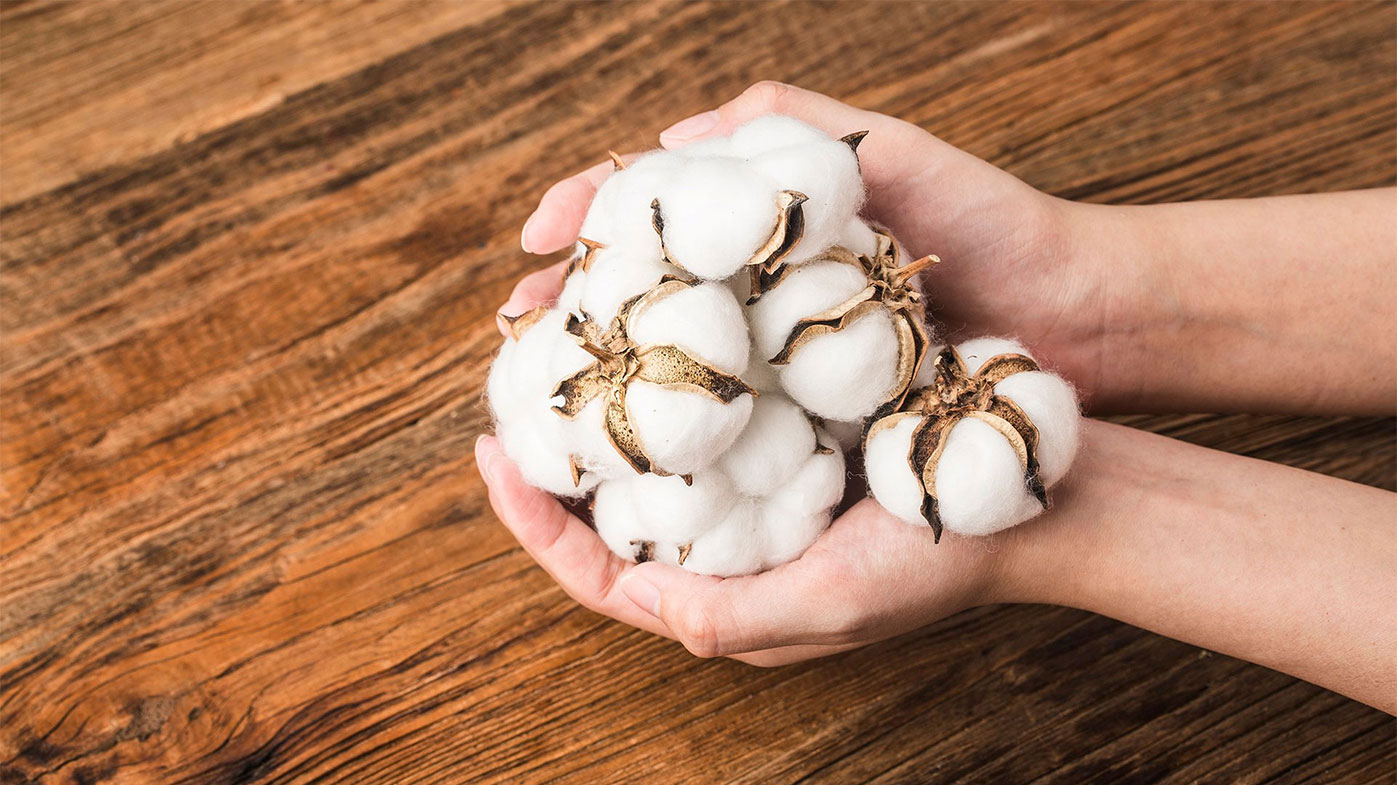
Shurely on Cotton: Cotton Market Searching for the Right Mix
By Dr. Don Shurley
August 23, 2024
Over the past 3 months, prices (December futures) have made four consecutive lower lows – rallies followed by a subsequent decline to lower than where the market was before the rally.
This week, prices pushed, and actually finished, the day on Wednesday (Aug. 21) above 70 cents for the first time in a month. There will be resistance at 71 cents, but if the market could break above that, it puts 73-to-75 cents in play. Otherwise, we stay in less than 70 cents mode.
The market is looking for, and price direction depends on, the balance between supply concerns and demand uncertainty. The demand side appears weak, and the market already takes that into consideration. Recently, supply side concerns have now come more into play.
The August USDA crop production and supply/demand numbers are not friendly to prices:
While production for 2024 was cut from the July estimate, production for 2024 is expected to still be 3 million bales more than last year and in 2022. Exports decreased 1 million bales from the July estimate. So, although production was cut, considering the cut also in exports, U.S. ending stocks (how much is projected to carry into the 2025 crop year) are expected to increase by 1.25 million bales.
It has always been believed that prices respond to how “tight” stocks are – the smaller the ratio of stocks as a percentage of use pushes price to increase.
But because we operate within a global supply and demand, other factors can and do come into play. In general, prices can tend to increase when the stocks-to-use ratio declines and decrease when stocks-to-use increases. But not always. For the 2024 crop year, the ending stocks-to-use ratio is currently projected to be 32% compared to 23% last year, increasing stocks-to-use. The average price received is projected to be 66 cents compared to 76 cents for the 2023 crop.
This week’s crop condition report shows 26% of the crop poor or very poor. Texas is 37% poor or very poor. The market will continue to watch the crop, and prices could increase if the crop looks like it may get smaller.
This week’s export report (for the previous week ending Aug. 15) showed sales of 104,300 bales and shipments of 179,200 bales. Cumulative sales thus far for the 2024 crop are 4.52 million bales compared to 5.37 million bales at this time last year for the 2023 crop year.
